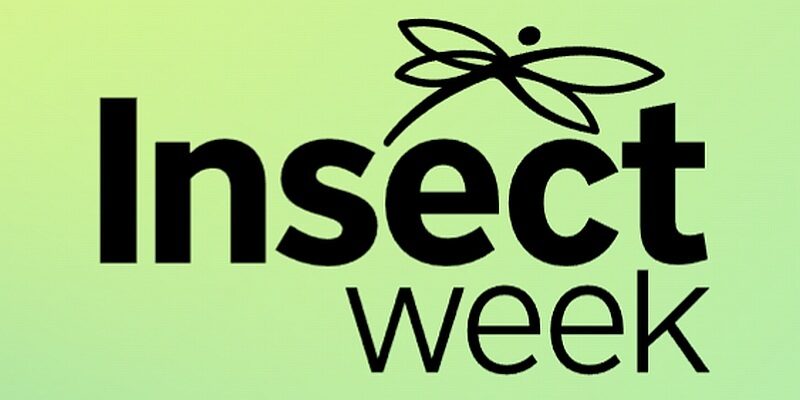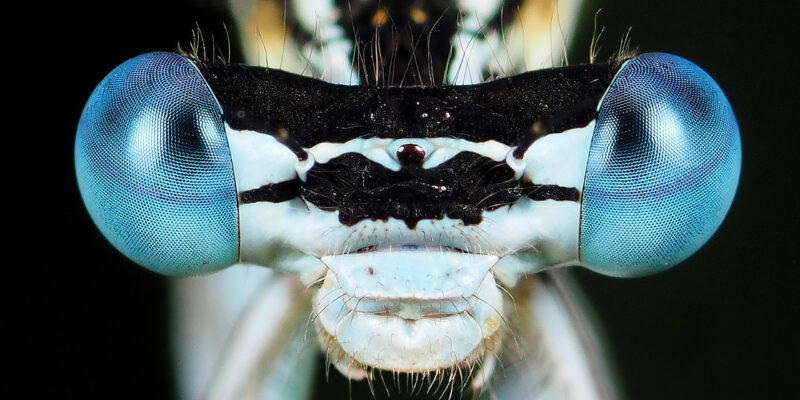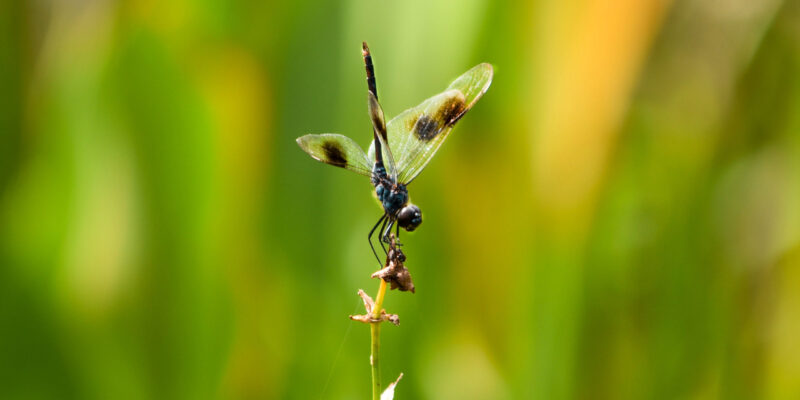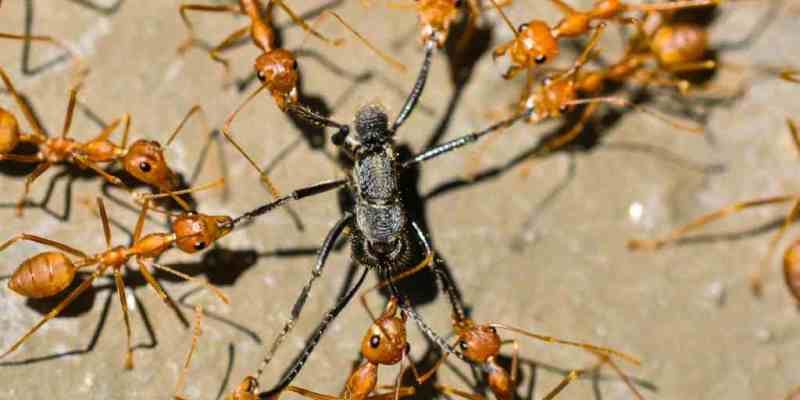Insect-friendly gardening: top tips on gardening in harmony with insects
Insects are vital to the ecosystems we rely on for survival, but many are suffering mass global decline. Gardeners have a crucial role to play in the survival and success of insects, just as they do in ours.
The Royal Entomological Society has produced a free-to-download guide that offers an overview of the different types of insects, with advice on how you might create a place for them to live in a green space near you.
Here, Tom Massey, designer of our RHS Chelsea garden, shares his top tips on encouraging beneficial insect life in your garden.
Go organic and pesticide-free
It’s about creating a natural balance in the food chain – encouraging beneficial insects means less need for chemical control. Natural predators will eat the less desirable insects for example ladybirds, hoverfly larvae and parasitic wasps all eat aphids.
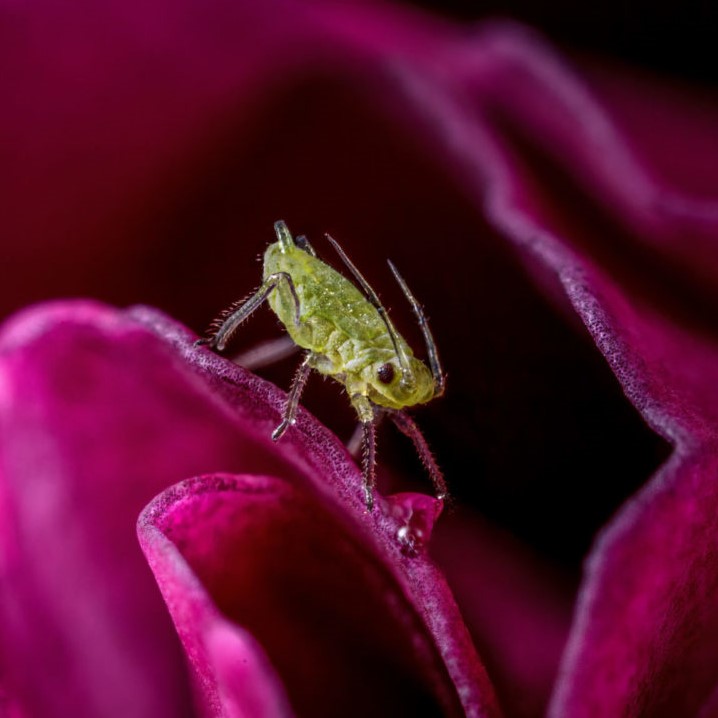
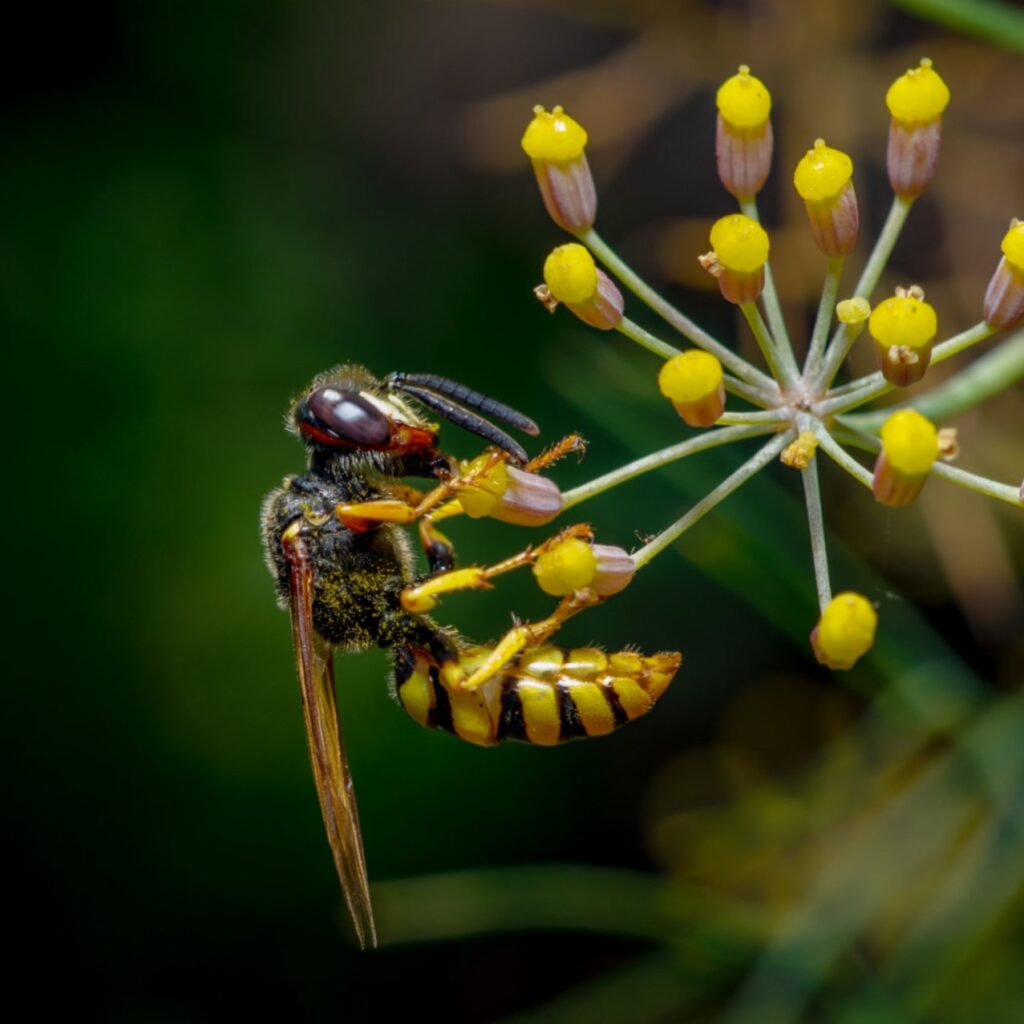
Don’t tidy up
Turning a blind eye to some of the messier areas of your garden will provide valuable shelter for insects. Piles of leaves, plants that have gone over or dead wood all provide food and habitat for the smallest of creatures. It will benefit nature if we opt for a looser and more relaxed style of gardening, and if you can, leave some areas untouched altogether.
Embrace weeds
Plants that are commonly considered weeds such as dandelions, clover, vetch and knapweed are important food sources for insects and will all have a place in the RES Garden. We need to rethink our attitude towards weeds. Dandelions for example provide one of the earliest sources of pollen and nectar and grow quickly going from seed to flowering plant in just ten days. Nettles are the preferred plant for the peacock butterfly to lay their eggs, providing an important food source for the developing caterpillars.
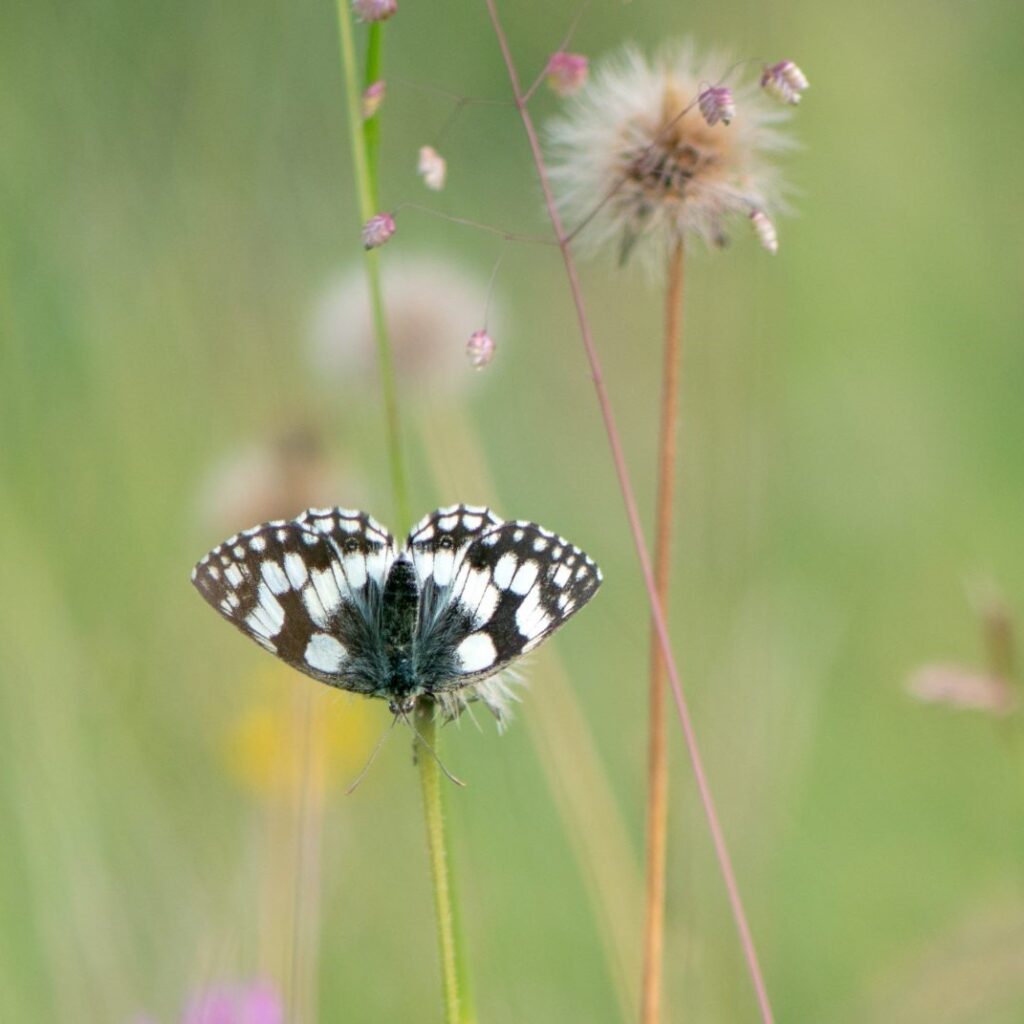
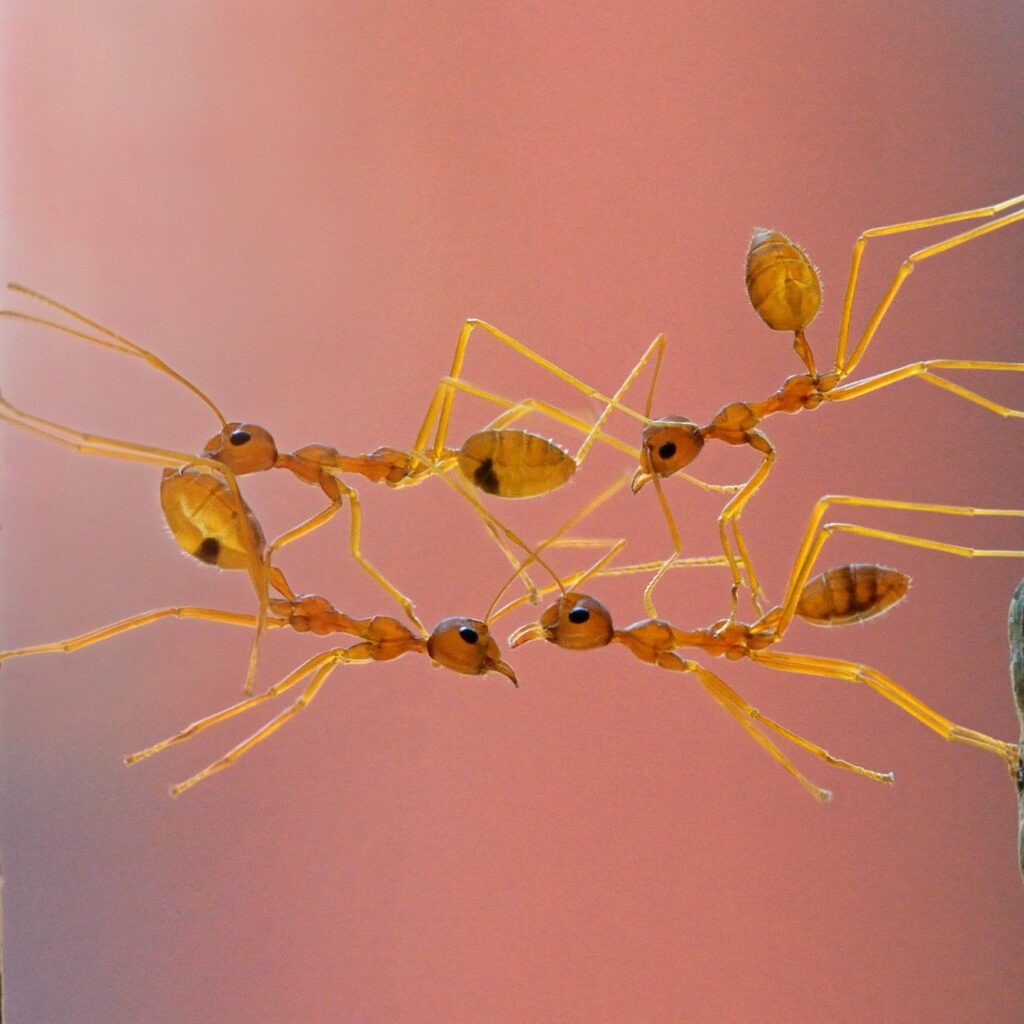
Welcome the less attractive insects
Butterflies and bees get most of the glory but try to be accepting of all types of insects and invertebrates – they all play an important role in the ecosystem and without them our gardens simply can’t thrive. Wasps and ants may be seen as the enemy, but they are actually really important in breaking down material and are a valuable food source for other garden animals such as frogs and birds.
Create a range of habitats
Our RHS Chelsea Garden includes rammed earth floors, hoggin pathways, log piles, rubble, bare sand and gabion walls. Choose permeable, natural hard landscaping materials such as dry-stone walling and woven willow fences that provide crevices and gaps where insects can shelter.
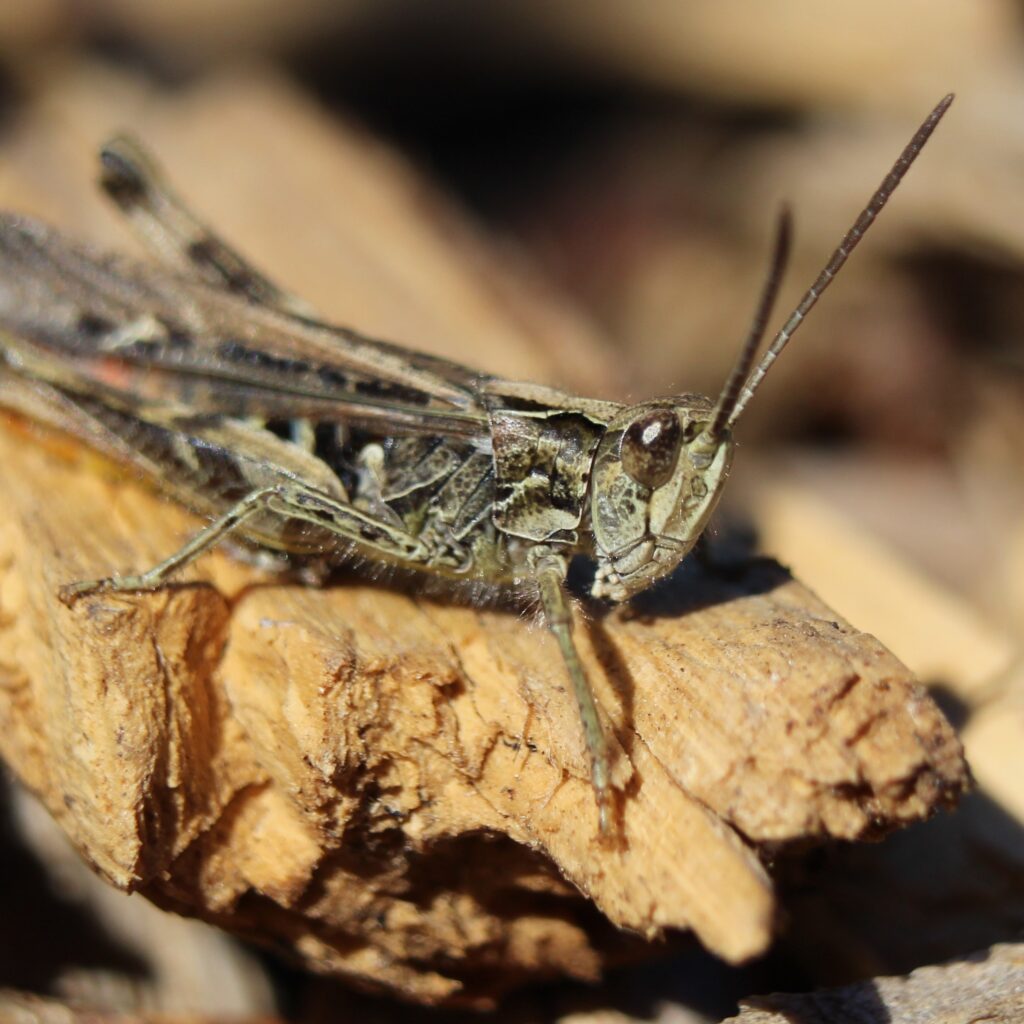
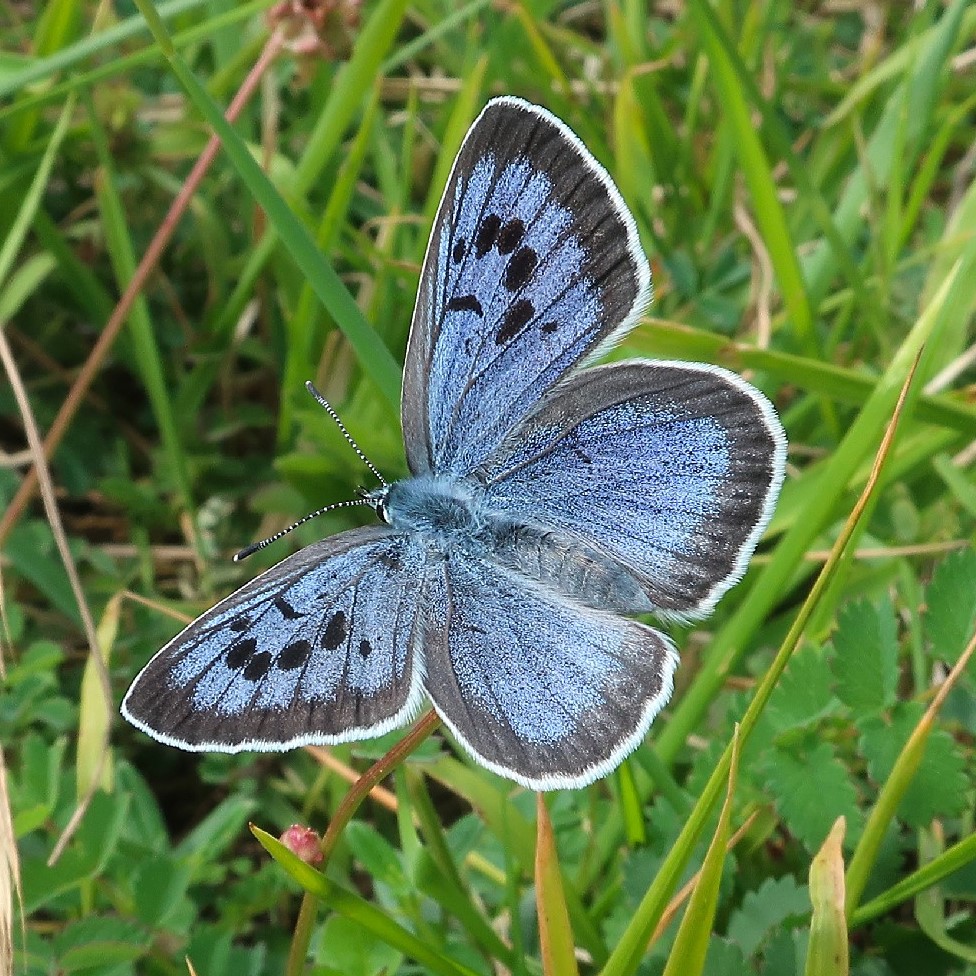
Let the grass grow
By mowing less and leaving your grass to grow you are providing an important food source for pollinators. This is important throughout the year, but especially in May and June.
Include a water source
All wildlife needs water so create some wet areas such as a pond, boggy area or a chemical free water feature. Even just leaving places where rainwater can collect or small containers provides a place where butterflies, moths and other insects can drink or make their home.
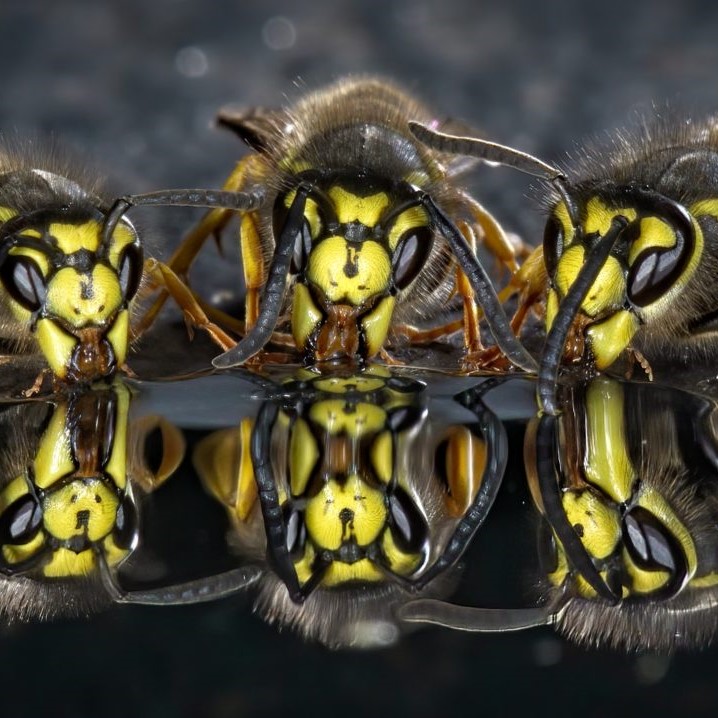
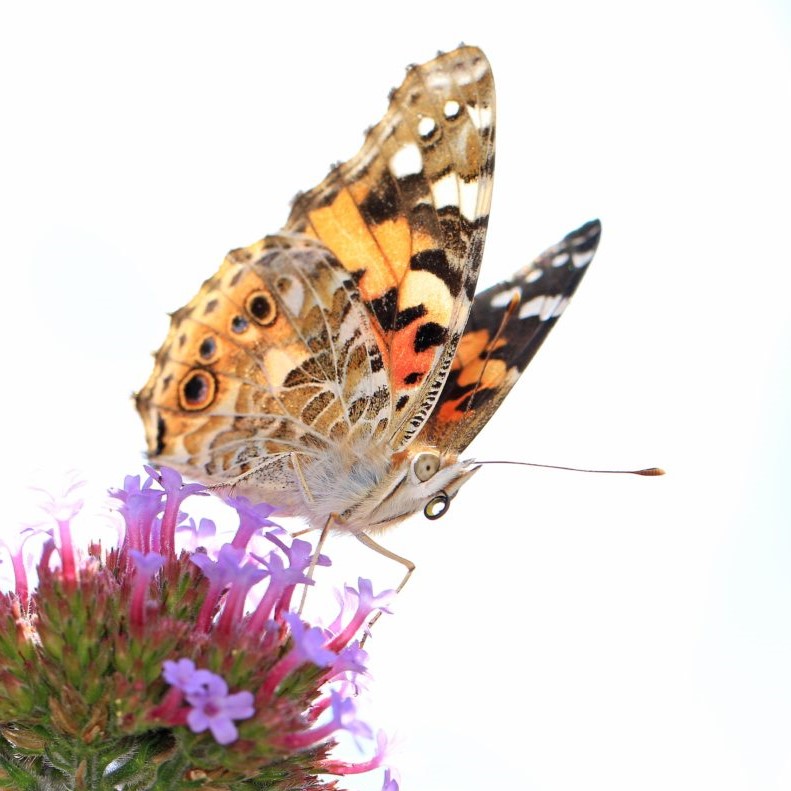
Choose a wide range of plants with year-round interest
Plant perennials and shrubs that flower at different times of the year to prolong the seasons when insects can feed and thrive. Also think about choosing different types of flowers and plant forms to suit different insects – bumblebees and butterflies have ‘tongues’ for accessing nectar from long, narrow flowers such as beans and foxgloves, but most hoverflies have simple mouthparts with no ‘tongue’. They need flowers with easily accessible nectar and pollen such as umbels including fennel and achillea. Don’t forget about trees as an important source of food and habitat – for example silver birch and native hawthorn support hundreds of species of insect.
Get composting
Not only is making your own compost a great way to reduce waste for your bin collection and provide nutrient-rich compost for your garden, but the compost heap itself is a fabulous habitat for insects where they can live, feed and aid the composting process.
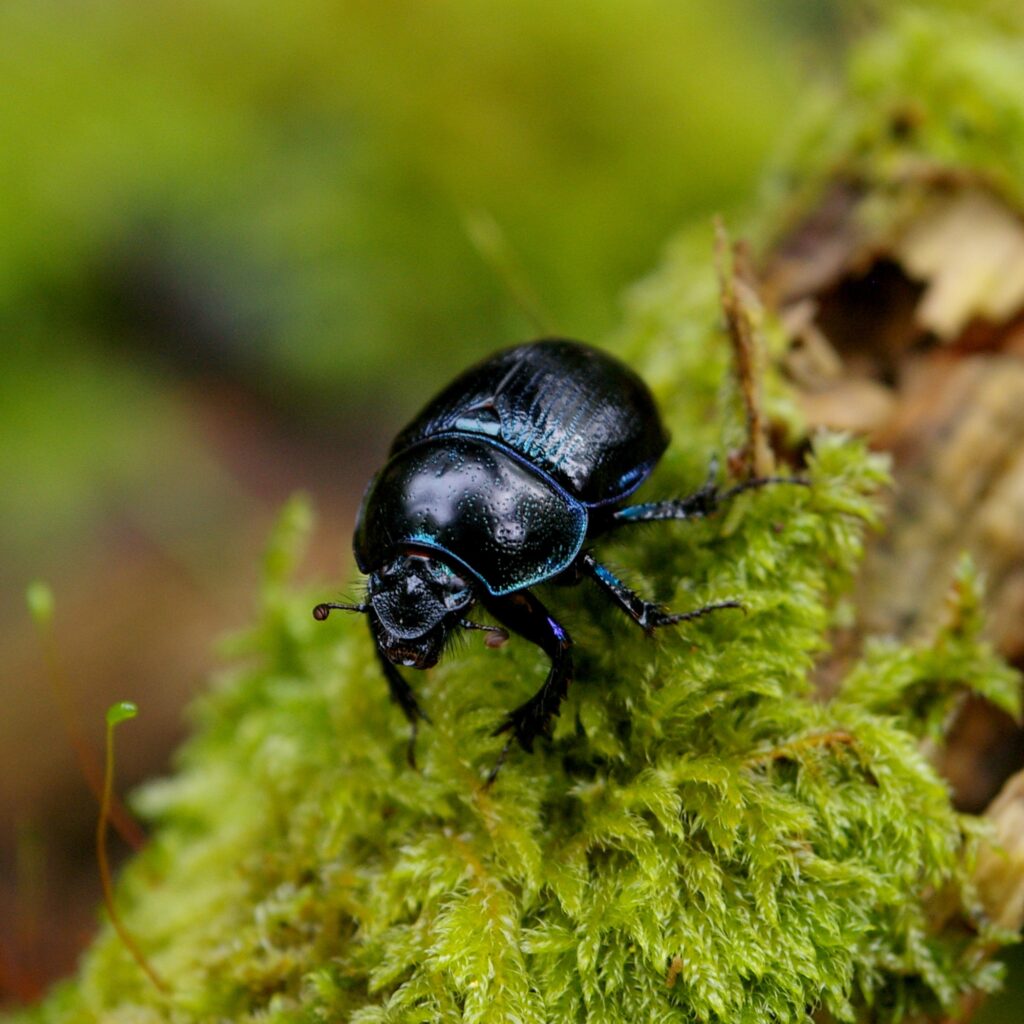
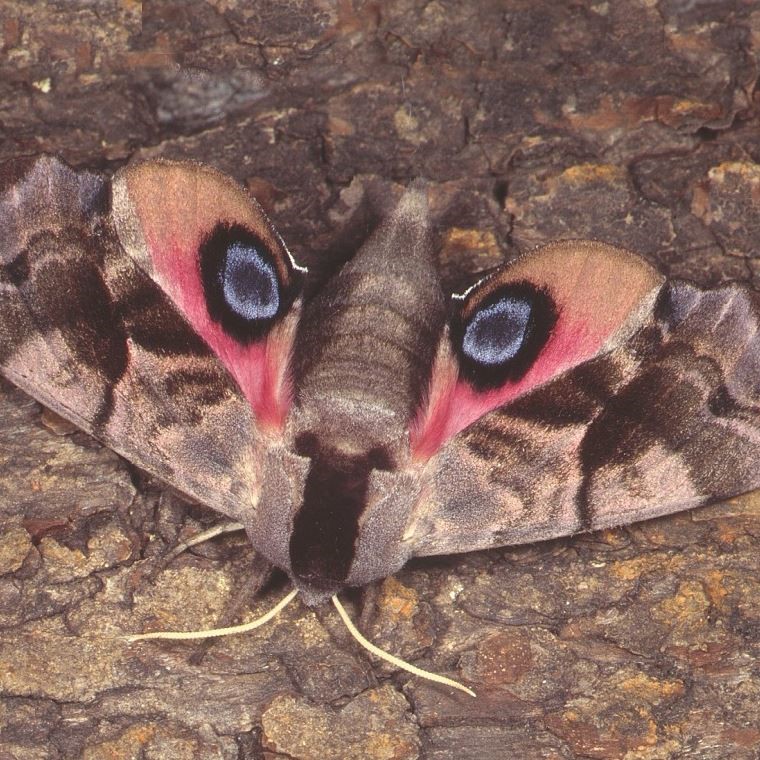
Reduce artificial lighting
Too much artificial light will disturb the activities of nocturnal insects such as moths. If you install lighting, use them sparingly, choose low energy LED lights and ensure you can switch them all off manually when not in use. Also consider lights that point downwards and wash light over the ground rather than glaring up into the sky.
What’s happening now? Follow the journey…
#RESGarden
The Royal Entomological Society is a non-profit organisation and relies on publishing, membership and donations to pursue its support of scientific, educational, ecological and entomological causes.
We plan to relocate the RES garden to central London with a new education program providing a long-term opportunity for insect study as part of our planned UK network of gardens. The garden will show how remarkable and valuable insects are with visible insect science taking place in the unique – insect eye inspired – outdoor laboratory.
Much like the diversity of insects, there are many ways to support us and our work – your contribution, no matter how big or small, makes a huge impact and enables us to continue to enrich the world with insect science.
For media enquiries about the Royal Entomological Society, please contact Jennie Spears or Clare Johnson at Bloom PR & Communications at hello@bloom-pr.co.uk



